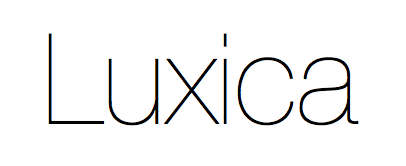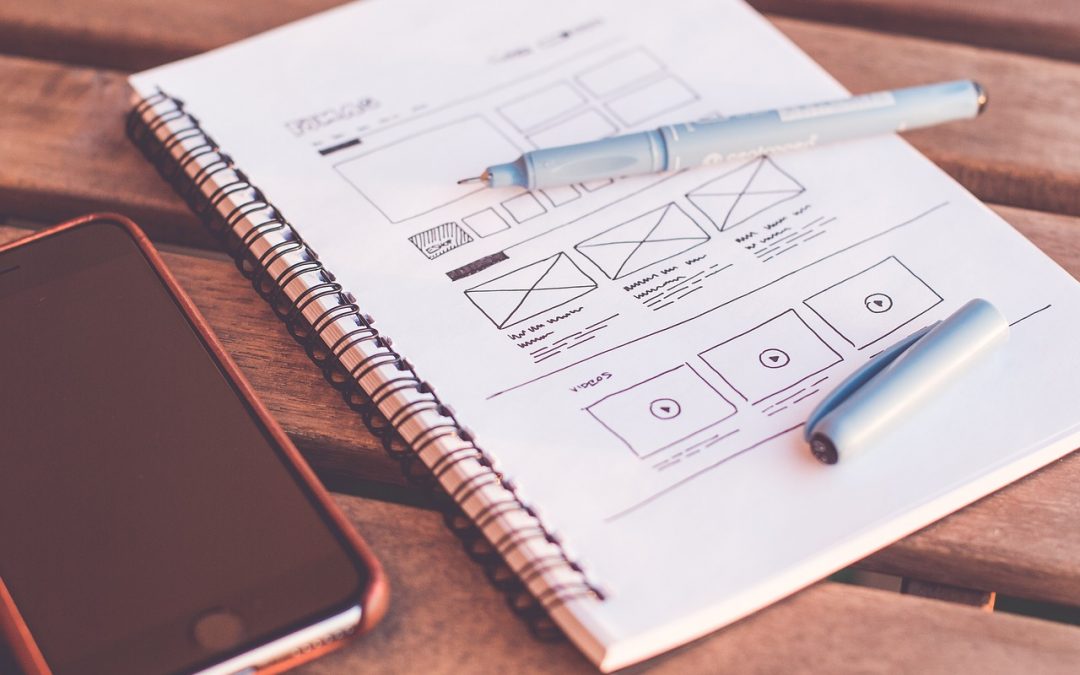This article was co-written by Alisa Boysis of Alisa Boysis Design
We’ve noticed common issues with the website design and development process that can throw a wrench into what should be the predictable flow of development.
There are 3 tough high level questions you should be asking your designers. They are meant to ensure that the design is well-structured and delivered in a complete state that can easily be used for implementation.
1. Have You Provided Us With Everything the Web Developers Need?
Upon final delivery of designs, many designers forget or fail to include key resources that the developers need to easily build out the website. When this occurs, you will likely need to engage the designer in an unnecessary series of back and forth communications. Better to get everything you need from the designers up front.
- Have comps been provided for the entire range of screen resolutions?
- Phone (320px), tablet, and desktop
- Large screen sizes such as 4K TVs?
- Have all of the images used in the comps been exported in the correct resolutions?
- Do the images have correct file names?
- Are they adequately descriptive?
- Do the image names follow best practices (words separated by dashes)?
- Are the image sizes optimized for the web? Will they load quickly?
- Have all measurements been provided for comps, or have resources been provided such that a web developer can easily determine measurements via .psd or .ai files?
- Has high level documentation been provided that outlines the general design standardizations?
- Have the source files been cleaned up? This includes proper layer grouping and labeling, deleting all empty layers, deleting all drafts and options that haven’t been approved, marking hidden layers (such as examples of hover states or carousel slides) as important and making a note about that within the reference document provided.
- Have all font files been provided with the source files?
2. Can Each Design Decision Be Logically Justified?
Some designers simply design. They build out beautiful interfaces by feel rather than by logic. The end result can be that there is no rhyme and reason to design decisions; they were arbitrarily decided by the designer, and they can increase implementation time exponentially. You must ask your designer the following:
- Which headings are <h1>, <h2>, <h3>, <h4>? Does the content within those heading classifications add value from an SEO perspective? Or are the words just filler content?
- Have the capitalization of words been applied consistently?
- Has language tone and syntax been applied consistently? Example: “&” or “and”?
- Have text alignments and justifications been consistently applied?
- Have all breakpoints been identified for screen resolution scaling? Do some pages or elements defy these standard break points?
- Has the visual hierarchy of elements and page containers been thought through from the user experience standpoint?
- Is the information on the page presented in a clear, accessible way that doesn’t overwhelm or frustrate the end user?
- What is the main purpose of the website, and do all CTAs clearly state the purpose and attract the user’s attention?
Every design decision should have a good explanation and exceptions to the rule should be identified and rationalized.
3. Have Key Design Decisions Been Standardized and Applied Consistently and With As Few Exceptions as Possible?
- What is the default font size for regular text?
- What are the default font sizes for headings? <h1>? <h2>? <h3>?
- What are ALL of the colours that you have used? Have you maintained a list such that they can be declared as variables that can be reused throughout stylesheets?
- Are the CTAs consistent throughout the website? What differentiates them from all other types of buttons on the website?
- Have you defined the hover states for all buttons, hyperlinks, and navigation items within your source file?
Conclusion
Many junior designers will have a tough time delivering designs to this standard. You can’t expect every designer to be this thorough; especially if you’re designing on a very limited budget. However, with a bit of guidance from the beginning of the design process, your designers will be much more likely to provide you with what you need.

